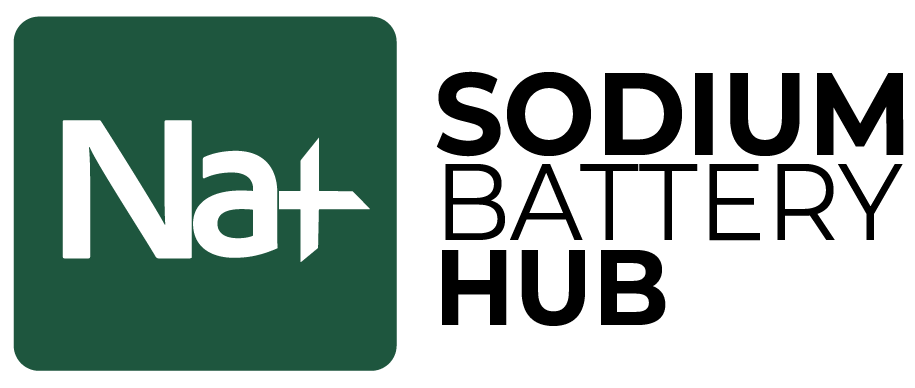Introduction: Innovative Cathode Structure Enhances Sodium-ion Battery Performance
Lithium-ion batteries have been the dominant rechargeable battery technology for decades. However, lithium’s scarcity and rising costs have prompted researchers to seek alternatives. Sodium-ion batteries have emerged as a promising candidate due to sodium’s abundance and similar chemical properties to lithium.
Breakthrough in NASICON Cathodes
A new cathode structure developed by Assistant Professor Edison H. Ang at Nanyang Technological University (NTU) in Singapore shows significant promise for sodium-ion batteries. The NASICON-type cathode, Na3.05V1.03Fe0.97(PO4)3 (NVFP), incorporates a conductive carbon framework that enhances its conductivity and structural stability. This innovative design allows for ultra-stable cycling at high rates.
Enhanced Performance and Stability
The NVFP cathode was synthesized using a sol-gel method, where citric acid was employed to limit particle growth and coat particles with carbon. The researchers then mechanically milled the material with Ketjen Black (KB) spherical carbon nanoparticles. This unique process links NVFP particles together, creating additional electron transport pathways. This ‘pearl’ nanostructure dramatically increases capacity and durability. Microscopy and spectroscopy confirmed this structure, with KB nanoparticles adhering to the NVFP.
Exceptional Sodium Storage Capabilities
Electrochemical tests have shown that the NVFP cathode achieves an impressive 106.8 mAh/g capacity. This performance is retained over 75% at a very high 15C rate, significantly outperforming unmodified NVFP. Furthermore, the structured cathode demonstrated remarkable stability, retaining 87.7% capacity after 5000 cycles at a 5C rate. This pearl nanostructure buffers the impact of high current densities, allowing for ultra-stable cycling with minimal degradation.
Insights into Charge Storage Mechanisms
In-situ X-ray diffraction during cycling provided insights into the cathode’s charge storage mechanism and structural evolution. Unlike typical NASICON materials, NVFP exhibited a decrease in lattice parameter during initial charging. This change is attributed to the partial oxidation of iron, facilitated by surface interactions with the carbon network. This modulation appears to promote sodium extraction and enhance cycling stability, with a volume change of just 3% – among the lowest reported for NASICON electrodes.
Practical Applicability
To demonstrate practical applicability, the NVFP cathode was paired with a low-cost hard carbon anode in a full sodium-ion cell. The full cell delivered a high 102.5 mAh/g initial capacity and retained 83% after 500 cycles at 2C, making it one of the top-performing sodium-ion batteries reported to date.
Conclusion
This nanostructured NASICON represents a significant step toward realizing high-performance sodium-ion batteries. By combining the multi-electron capacity of vanadium with the abundance of iron in a rationally designed nanostructure, the NTU team has developed a cathode that offers both high energy and ultra-stable long-term cycling. This breakthrough accelerates the deployment of large-scale rechargeable batteries for Electric Vehicles and renewable energy storage, contributing to the transition to a clean energy future.
Disclaimer:
The content presented on this page has not been manually verified by our team. While we strive to ensure accuracy, we cannot guarantee the validity, completeness, or timeliness of the information provided. Always consult with appropriate professionals or sources before making any decisions based on this content.
The image is randomly selected and doesn’t necessarily represent the company or the news above.







